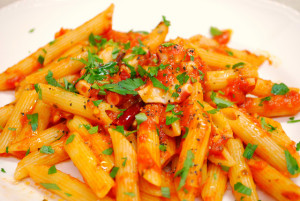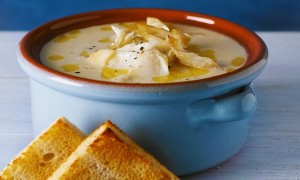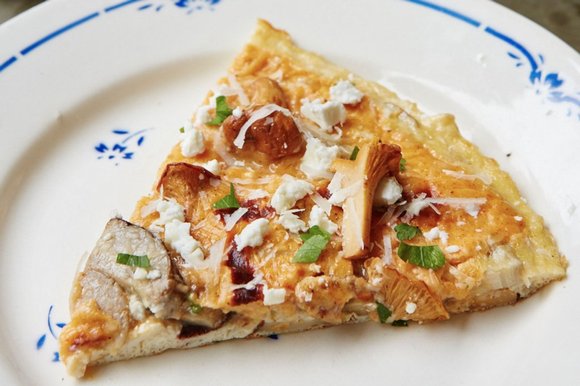
Just can’t beat it
Stephen Harris hated custard. With a passion. The owner-chef of the Sportsman gastropub in Kent which recently won the National Restaurant Award 2016, has now undergone a transformation.
In his own words: “When I was a boy, it seemed that everybody loved custard and I was the only one who couldn’t stand it. I couldn’t get past the gloopy texture and luminous yellow colour. I preferred the vague, gentle sweetness of cream as well as the temperature contrast that cold cream gave to, say, steamed sponges. As the jug was passed around the dining table I would hear it whispered: “Stephen doesn’t like custard.” I felt out of step with the world.”
Determined to put the world to rights, Stephen decided to find out why exactly why he didn’t like custard- there had to be an explanation.
In fact, custard as most of us know it – the stuff that goes on spotted dick – is not actually custard at all. It’s actually a powdered sugar and cornflour that was made in the 1840’s by Alfred Bird who wanted to provide an egg-free custard for his wife.
To make matters worse Alfred Bird was a chemist who then added food colouring to the mix in order to make it vaguely resemble egg yolk and custard.
It seems Stephen had a point. Science and food rarely mix well.
He continues: “Proper custard, which I love, is very different: it is made with a base of eggs and sugar, mixed thoroughly before warm cream (and sometimes milk) is poured over. The mix is then heated at the same time as being stirred – this is the key. The stirring means that as the egg proteins heat up they do not clump together to make scrambled egg. The egg proteins start to coagulate at 65C and you take the temperature as high as you want the mix to be thick: a custard taken to 75C will be pourable, whereas one taken to 85C will set like a crème brûlée when it cools down.
“Learning how to make custard is an important skill for a cook as it is the basis of so many recipes: custard, crème brûlée, ice cream, crème patisserie, crème caramel, trifle, quiche and even soufflés.”
Although traditional chemist custard as I think it should be coined holds a special place in our hearts, maybe it’s time we all changed to the ‘proper’ stuff.
Good job Stephen.







